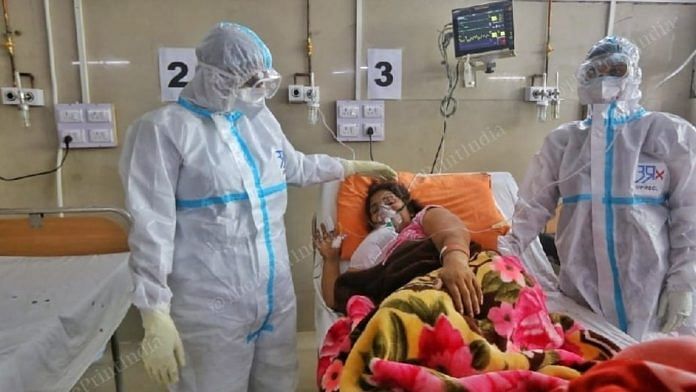Agra: Younger people succumbed to Covid-19 more during the second wave of the pandemic in Uttar Pradesh’s Agra district than in the first wave, ThePrint has learnt.
According to official data, accessed by ThePrint, 12 per cent patients in the 21-40 age group succumbed to the virus in the year through 20 March. This number rose to 19.67 per cent during the second wave — from 21 March onwards.
Doctors in the district attributed the rise in fatalities to a new trend in greater severity of symptoms in the younger generation.
“Earlier patients in the age group of 21-40 had mild symptoms which lasted for about five days after being infected Covid-19. However, in the second wave, as symptoms among these patients turned from moderate to severe, most patients took around 15-32 days to recover,” said Dr Prashant Gupta, Department of Surgery, Superintendent of the SN Medical College Covid facility.
“This time we have seen patients, unable to even walk after testing negative, unlike the first wave,” he said.
When ThePrint visited this hospital, out of the 28 patients on oxygen support in the 65-bedded ICU facility, at least 7 were younger patients.
As of Friday, the total number of Covid cases in the district stood at 25,485 — 10,572 in the first wave and 14,913 in the last two months. The toll was at 414, out of which 239 (42 per cent) died in the second wave. The number of active cases stood at 456.

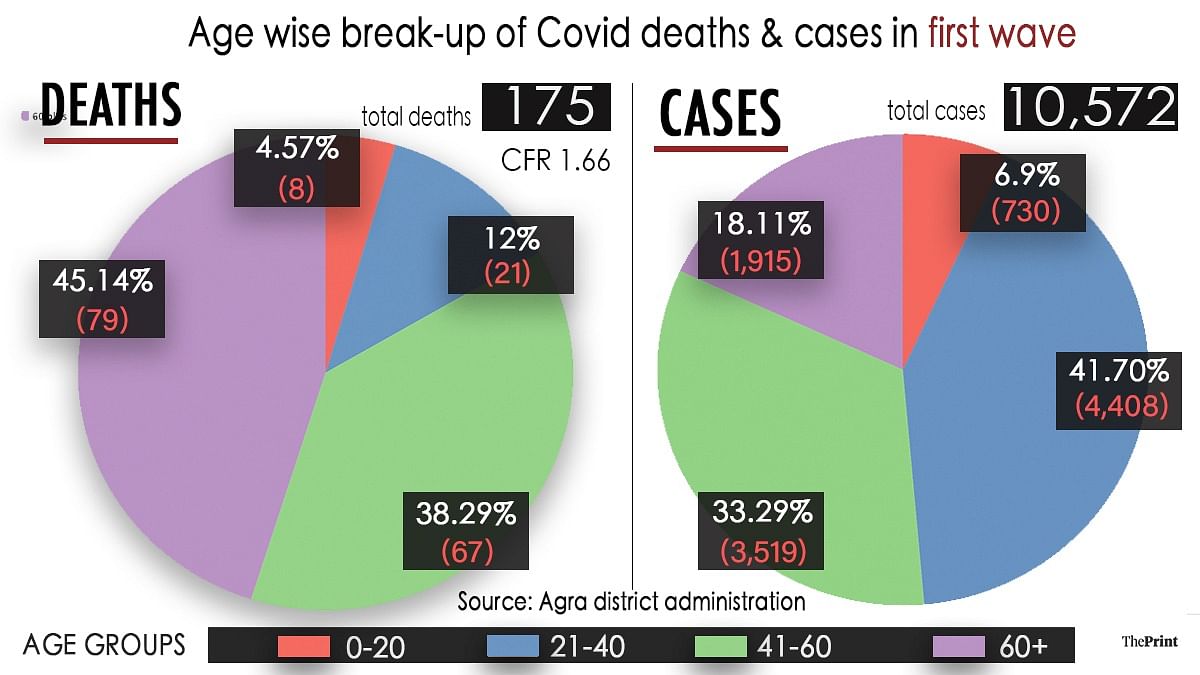
Official data revealed that the 21-40 age group accounted for nearly 45 per cent of the total caseload in the district in the second wave — a 3.19 per cent rise over the first wave.
While 6,695 people in this group tested positive for Covid in the second wave, only 4,408 had tested positive in the first wave starting last year till this year March.
Also read: India’s vaccination numbers slowly crawling up after drop in early May
Severe pneumonia & lung damage seen this time
According to the doctors in Agra, only 15 per cent cases in the younger age bracket faced moderate to severe symptoms during the first wave. But this number jumped to around 50 per cent in the second wave.
Severe pneumonia leading to fall in oxygen levels and lung damage has led to the rise in fatalities this time, said Dr Gupta. “Due to this it has been extremely difficult to manage these patients even with all medications and treatment available with us,” he said.
“Most of these patients even after testing Covid negative have to be shifted to the step down facility where they have to be treated for severe fibrosis. This has been a crippling factor, leading to a rise in deaths in this age group, unlike in the first wave,” he said.
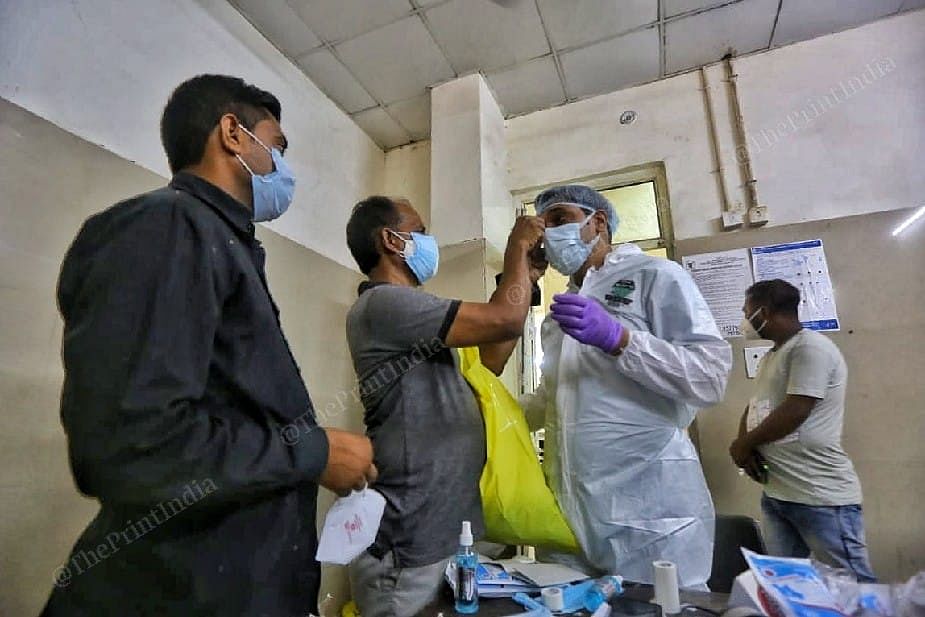
According to him, a new trend seen is that the “severity of symptoms in the younger generation increases within 3-5 days of contracting the virus, which wasn’t the case earlier”.
“Whenever symptoms remain in the moderate to severe category, the mortality will be high because patients aren’t able to fight the disease even with all kinds of support systems,” he added.
Also read: The young are driving Mandya’s 2nd Covid wave — 45% of its cases are in 21-40 age group
Factors responsible for the surge in cases
Senior officials in the local administration and doctors blamed this surge in cases and fatalities in the younger generation primarily on three factors — vaccination of 45+, youth going out for work, and polls.
“Vaccination is one of the prominent factors here as we started vaccinating people only above the age of 45. The younger age group remained vulnerable, which led to severe symptoms in this age group,” said Agra District Magistrate Prabhu N. Singh.
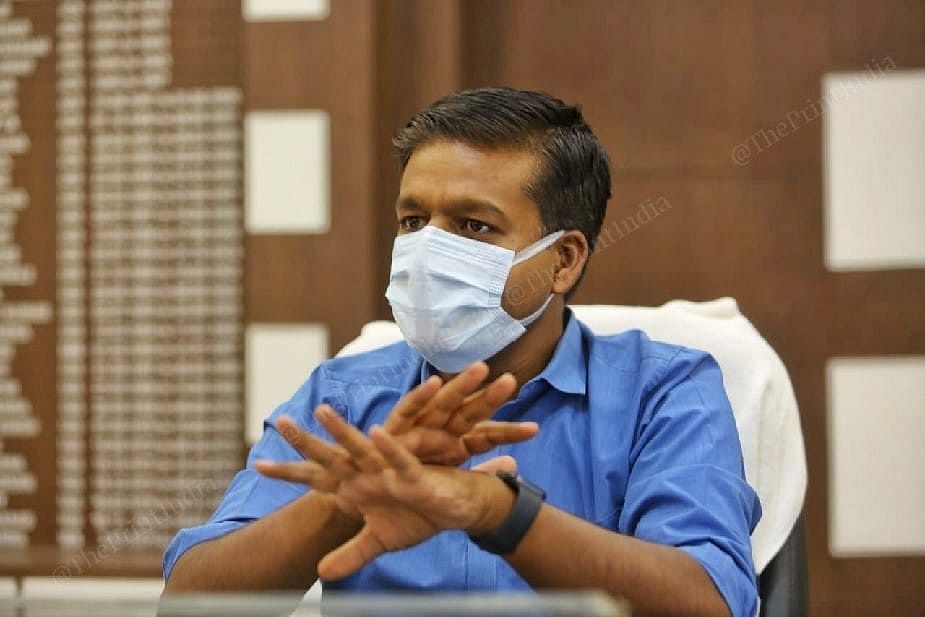
Another factor, Singh noted, is that industries remained operational during this lockdown period, unlike last year.
“The elder population which was severely affected by the first wave, remained locked indoors this time unless absolutely necessary. They were extremely careful and remained double masked,” he said. “Unlike last years’ lockdown, this year, industries are fully operational and the working class is stepping out regularly, which has led to more infections.”
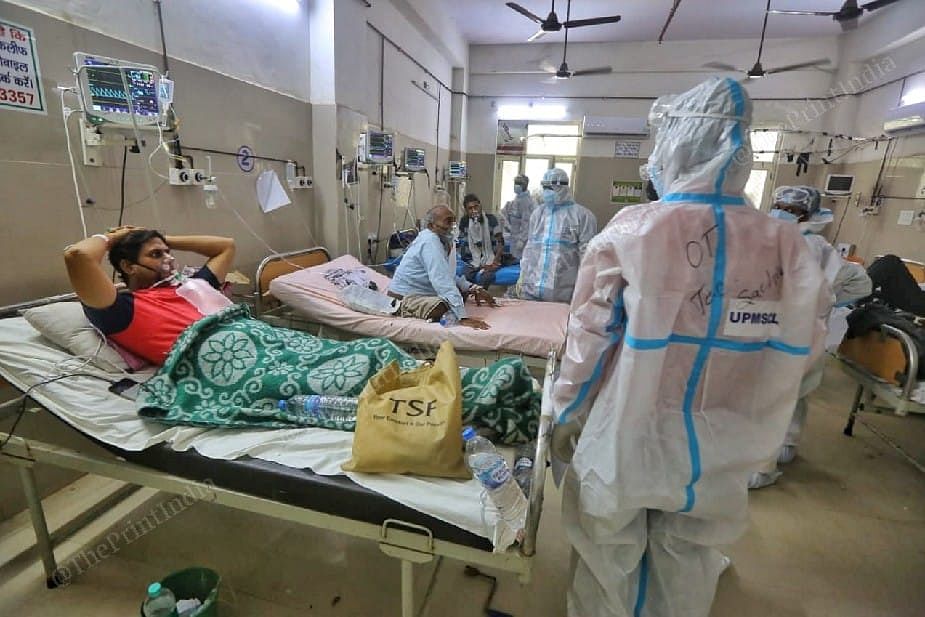
Speaking to ThePrint, a senior doctor who didn’t wish to be named also blamed the UP panchayat polls as a significant factor responsible for the rise in cases and fatalities in this age group.
“Polls and campaigning for the polls has led to an increase in cases during the second wave. The young population visited rural areas in large numbers which increased transmission of the virus. Some of them fell severely ill,” the official said.
Singh, however, denied the polls as being a factor. He said, “Initially we apprehensive that panchayat elections will lead to rapid rise in Covid-19 cases but in reality this didn’t have that much of an effect here.”
Also read: Haryana town had spanking new hospital with O2 tank, but it was of no use in peak Covid crisis


